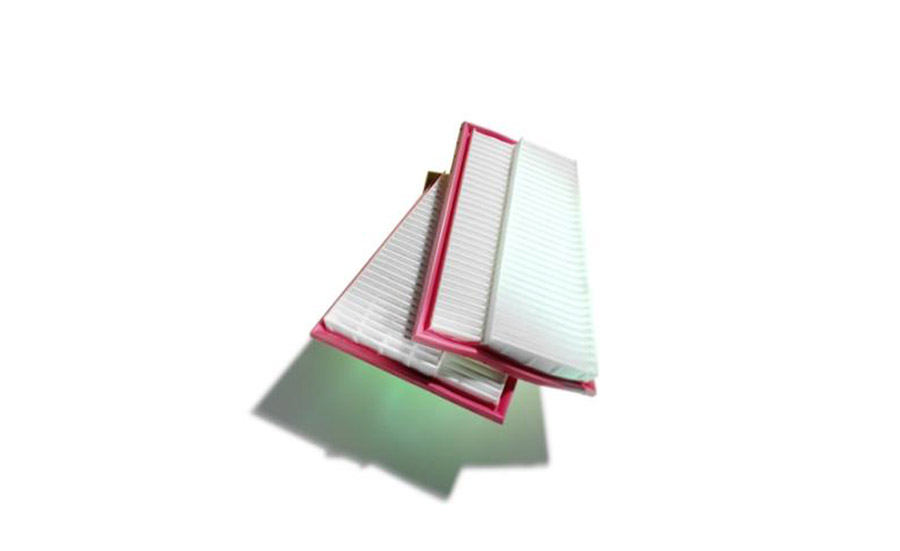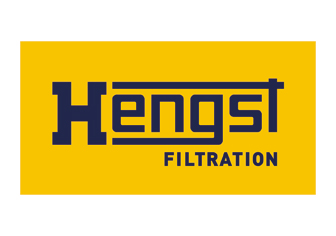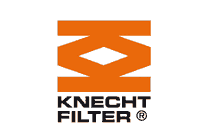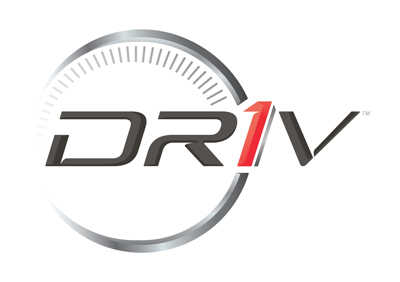Air filters
Depending on displacement, at full load, the engine will draw in between 200 m³ and 500 m³ of air per hour. This air is loaded with dirt and dust particles. The level of pollution is determined by various factors...
Function
Depending on displacement, at full load, the engine will draw in between 200 m³ and 500 m³ of air per hour. This air is loaded with dirt and dust particles. The level of pollution is determined by various factors: 
- the time of year,
- weather conditions,
- the nature of the road surface or
- ambient conditions.
Levels of pollution in the air are usually much higher in towns and cities than they are in the country. If these impurities are not filtered out effectively, they will act like sandpaper on the engine, leading to premature wear of mechanical components. Dirt and dust particles will also damage other components mounted in the air intake channel (the <link https://www.my-cardictionary.com/engine/maf-sensor.html - - "Öffnet internen Link in neuem Fenster">air mass meter</link> or the <link https://www.my-cardictionary.com/engine/exhaust-turbocharger.html - - "Öffnet internen Link in neuem Fenster">turbocharger</link>, for example).
Therefore, the engine air filter and the associated air filter elements are essential components of any combustion engine. They must supply the engine with the cleaned air that is necessary for fault-free combustion. The air filter must also dampen suction noise emanating from the engine.
Where air management in the vehicle is concerned, engine air filters perform a whole range of functions:
- Filtration of engine intake air
- Improved air flow for optimum combustion and engine acoustics (e.g. damping of suction noises)
- Integration of various components such as air mass meters, charge air lines or raw and clean air lines
- Protection of downstream engine parts such as a turbocharger or particle acceleration.
Qualitätskriterien der Luftfilter
Important quality criteria for the filter element include
- high filtration performance (i.e. the separation of large and small particles) and
- sufficiently high dust absorption capacity.
 If the filter element does not let enough air pass through, the engine cannot achieve maximum performance. Modern filter media must be able to last at least 20,000 km or one year before needing to be replaced.
Thanks to intensive research and development work, original equipment manufacturers have been able to continuously improve the quality and composition of filter media. As a result, the mileage that can be covered before media need to be replaced is constantly on the rise. Distances of up to 50,000 km are by no means unusual.
If the filter element does not let enough air pass through, the engine cannot achieve maximum performance. Modern filter media must be able to last at least 20,000 km or one year before needing to be replaced.
Thanks to intensive research and development work, original equipment manufacturers have been able to continuously improve the quality and composition of filter media. As a result, the mileage that can be covered before media need to be replaced is constantly on the rise. Distances of up to 50,000 km are by no means unusual.
Safety
The air filter dampens suction noises emanating from the engine, thereby ensuring that the interior of the vehicle is quiet. This helps the driver to concentrate on the traffic. For naturally aspirated engines in particular, replacing the filter element in good time is the key to consistent engine performance. This increases safety as overtaking distances are short, for example. Another safety aspect is that the filter element must conform to the fireproofing specifications set out by the vehicle manufacturer. Conformity excludes the risk of a vehicle fire which might result from a lit cigarette butt being drawn in, for example.
Depreciation
Air filters must be replaced at the intervals specified by the vehicle manufacturer. This work is carried out during regular inspections. It is advisable to replace the air filter sooner if conditions dictate this (high dust content in the air, for example). A functional air filter will protect the engine against premature wear (to pistons or cylinders, for example), thereby helping the vehicle to retain its value. If the air filter becomes clogged due to intervals between changes not being adhered to, dust particles can get into the engine and cause mechanical abrasion. This can result in damage and significant repair costs. If the dust absorption capacity of an air filter is measured as too low, the filter element may need to be replaced before the service interval specified by the vehicle manufacturer. Therefore, the exact specification must be considered when replacing the air filter. High-quality branded air filters pay dividends twice over: compared with non-named products they last longer and protect the engine more effectively against wear.
Environmental protection
As well as helping the driver to concentrate on traffic, a quiet engine minimises noise emissions to the environment. If the engine is well supplied with air, combustion will also be improved. This helps to reduce both fuel consumption and pollutant emissions. This is an important consideration, in particular with compliance with emission limit values in mind.













